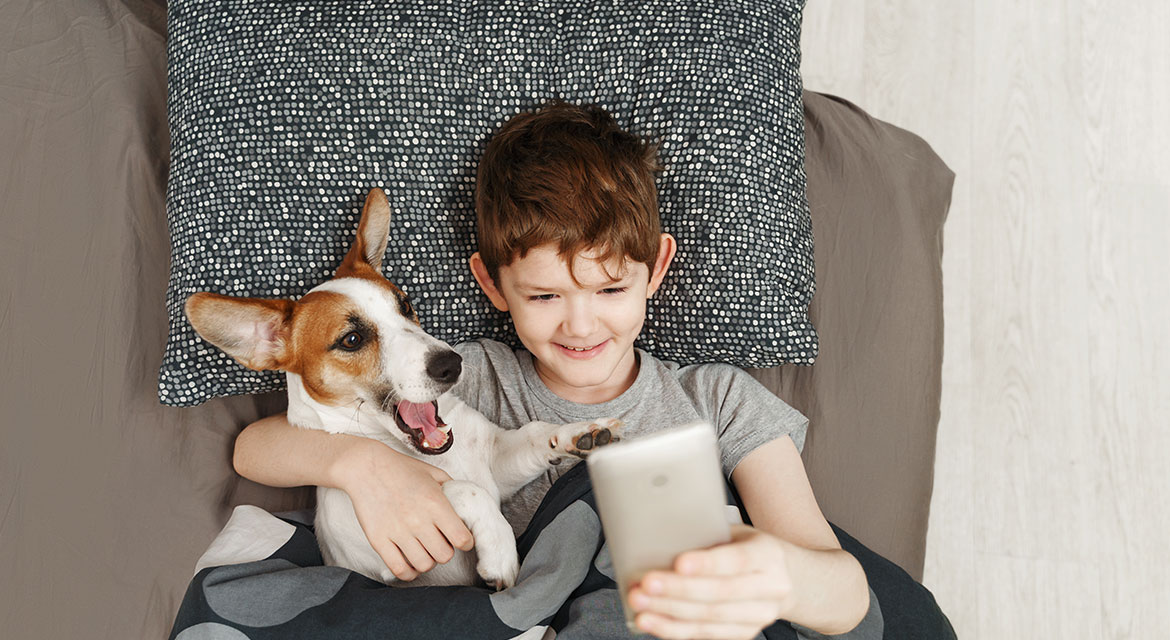Children and dogs... One is a little one who looks at the world with eyes full of discovery, the other is a loyal friend who offers unconditional love. When these two come together, the resulting communication offers not only moments of fun, but also a life lesson in empathy, responsibility and friendship.
Why Dogs and Kids Make a Great Team
Dogs are intuitive animals. They can sense a child's energy, excitement or nervousness in a very short time. Children, on the other hand, bring out the patience and affection of dogs with their curious nature and play-oriented approach. Thanks to this mutual harmony, both the dog and the child develop a bond based on trust.
The Basis of Communication: Trust
Children's first experiences with animals are often permanent. Therefore, the moment of meeting the dog should be carefully planned. By introducing the dog in a quiet, controlled environment, the child learns to observe its reactions. In the same way, the dog has the chance to get to know the child's behavior. Trust begins with this first contact.
Games, Sharing and Education
Simple games with dogs - throwing a ball, taking short walks, teaching basic commands - develop a child's sense of responsibility and help them learn patience and communication. At the same time, the dog enjoys playing and sharing in the process.
Great Contribution to Emotional Development
Research shows that children who grow up with animals have more empathy. A child who feeds their dog, changes its water and is there for it when it is sick learns to approach other living beings with sensitivity. This positively affects both their social and emotional intelligence.
Notes to Parents
- Observation is important: Young children should always spend time with dogs under adult supervision.
- Teach boundaries: Children should be told not to disturb the dog when it’s resting, eating, or doesn’t want to be touched.
- Dog training: Dogs living in the same environment as children should receive basic obedience training to ensure safe interactions.





